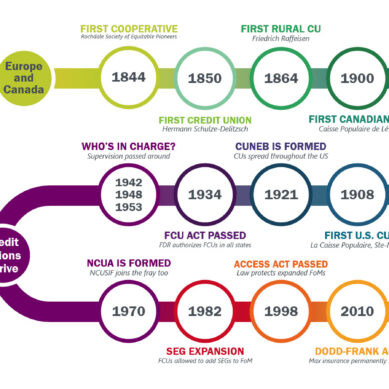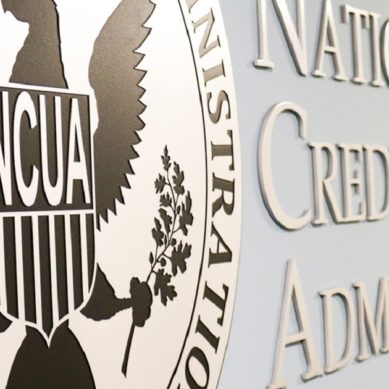
We are nearing the end of the year and that means it’s NCUA budget season. Last week, NCUA held its eighth open meeting of the year and approved the 2025-2026 budget for the Central Liquidity Facility (CLF), which last year began budgeting independently of the NCUA.
The budget sees an increase from the 2024 board approved budget of $2,199,065 to $2,307,863 (+4.9%) in 2025 and $2,448,263 (+6.1%) in 2026. The vast majority of the CLF budget goes to employee pay & benefits, which accounts for over 93% of the total budget. Included in the budget increases is the addition of a sixth staff member, which was approved in 2024 but not filled. Per Chairman Todd Harper’s comments, “This new employee will better distribute the workload across the team, facilitate succession planning, and allow the CLF’s president, in particular, more time to engage with the industry on the benefits of the CLF and how the facility can serve as an essential part of a comprehensive liquidity management program.”
Though the year over year increases seem reasonable, the budget when compared with as recent as 2020 is cause for some concern. The budget for the CLF in 2020 totaled a little more than $1 million, and in the years since has more than doubled.
According to the board briefing on the budget, the CLF’s plans for 2025 include providing “CLF Advances as needed” and increasing “access to back-up sources of liquidity.” They also plan on increasing industry and stakeholder outreach and pursuing “new efficiencies and automation in CLF operations.” But critics may be wondering what for.
Chip Filson is one such critic who earlier this year pointed out that it had been over 15 years since the CLF last issued a major loan—$10 million to the NCUSIF to assist in the conservatorship of US Central and Wescorp. Why then, some might ask, has the CLF’s budget doubled in five years?
According to Chairman Todd Harper, “The CLF is a beneficial tool, and it should be part of any credit union’s liquidity risk management plans for a variety of contingencies, not merely during times of crises. Although it’s not required by our rules, having small and mid-sized credit unions with less than $250 million in assets join the CLF provides them access to this vital federal liquidity backstop during times of stress. Once markets freeze up, it’s difficult for institutions to quickly access emergency liquidity from market sources. Joining the CLF in advance of a liquidity event can better assist credit unions of all sizes to navigate unanticipated market situations.”
But if that’s the case, why are credit unions turning to other sources for assistance in managing liquidity? Board member Tanya Otsuka added in her comments, “From September 2023 to September 2024, we have seen the CLF grow by 31 members. During the same period, assets have grown by about $91 million, and retained earnings increased by $3.4 million. This is something we should be proud of, and it is good to see the facility working as intended. However, we should continue to focus on member outreach and ensuring credit unions see the value in joining.” Whether it can truly be said to be “working as intended” when credit unions have largely looked elsewhere is a matter of opinion.
Filson’s opinion? “The numbers show that the CLF has played no role in a year which saw record credit union borrowings and liquidity pressures from rising rates and banking failures. CLF investments report below market returns. The dividends paid are not competitive. That fact alone shows how detached CLF and NCUA leaders are from managing a facility that would actually serve the members who loyally fund it.”
The Central Liquidity Facility currently has 431 regular members and 11 corporate credit union correspondents with a capacity of $21.7 billion.






























































